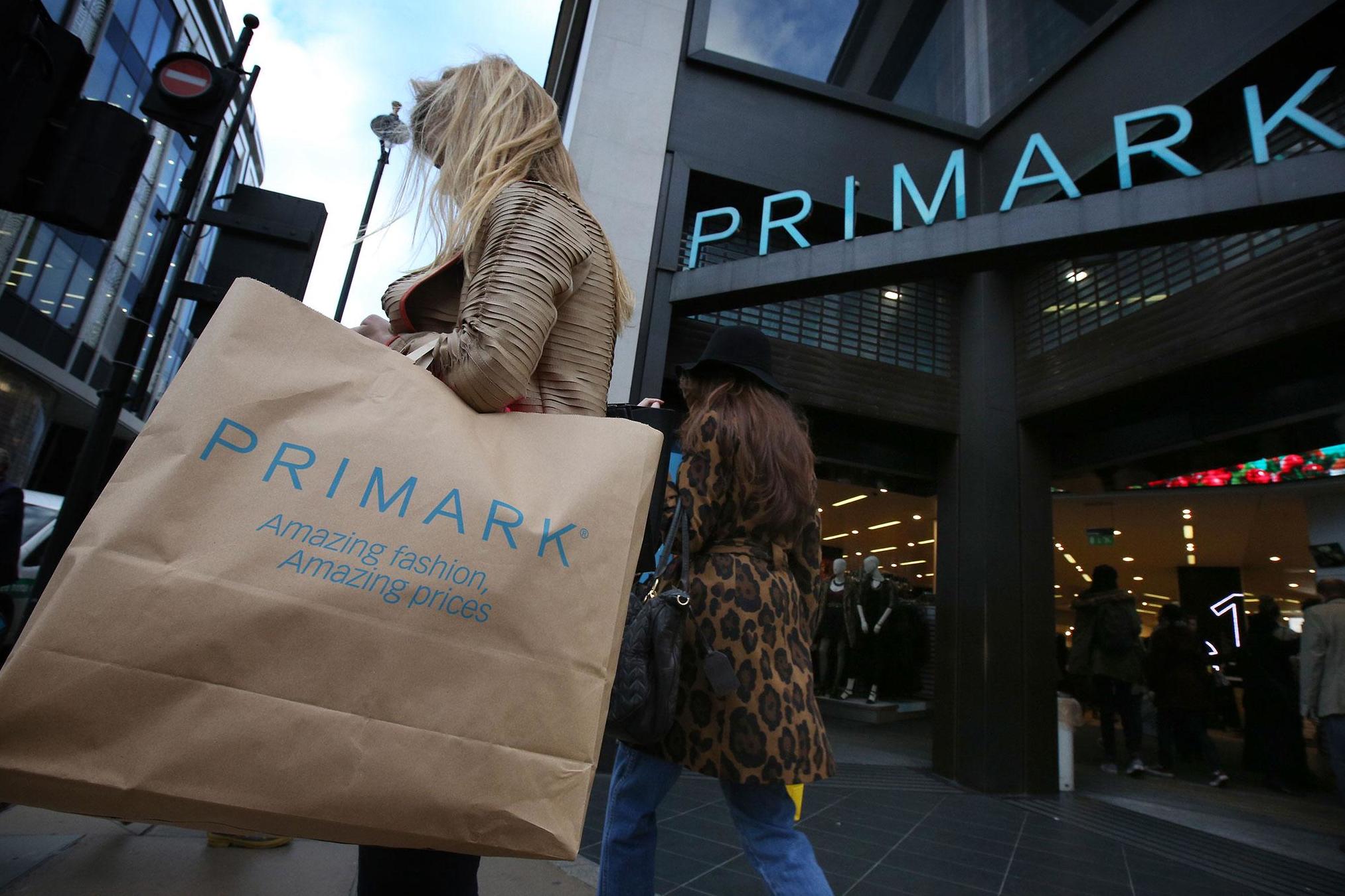Primark and the Lidl Question
With incomes squeezed, people are increasingly asking why pay more

Your support helps us to tell the story
From reproductive rights to climate change to Big Tech, The Independent is on the ground when the story is developing. Whether it's investigating the financials of Elon Musk's pro-Trump PAC or producing our latest documentary, 'The A Word', which shines a light on the American women fighting for reproductive rights, we know how important it is to parse out the facts from the messaging.
At such a critical moment in US history, we need reporters on the ground. Your donation allows us to keep sending journalists to speak to both sides of the story.
The Independent is trusted by Americans across the entire political spectrum. And unlike many other quality news outlets, we choose not to lock Americans out of our reporting and analysis with paywalls. We believe quality journalism should be available to everyone, paid for by those who can afford it.
Your support makes all the difference.Primark is accustomed to being the star in Associated British Foods’ galaxy when this odd-looking marriage of cheap clobber and food production (brands include Twinings and Silver Spoon) puts out numbers.
However, the latest set were dazzling even by its high standards.
The core UK business has seen sales growth accelerating from an already impressive 7 per cent for the 24 weeks to 4 March to 9 per cent in the 40 weeks to 24 June. The past 16 weeks must therefore have been very strong indeed.
There might very well be more to come.
A well remunerated analyst once explained to me why they shopped at Lidl. I’m paraphrasing a bit, but they said what Lidl sells is basically no different to what Tesco sells, so why would they pay more to put money into pockets of Tesco shareholders?
It was a compelling argument, although Lidl and its shadow sibling Aldi don’t offer the range of the traditional supermarkets.
You could just as easily make the same case for shopping at Primark, except that, well, Primark is Primark.
Selling clothes at the prices it does has left the chain open to criticism over conditions in the factories that supply it, where workers get paid pennies. Its response is that other, pricier retailers’ clothes often come off the same production lines. So, even though I would argue that Primark could do more, so could the rest of the industry. Therefore, the Lidl point still applies.
Primark has in the past done itself no favours with some of the clothes it has sold. Lots of people will remember the padded bikinis for kids, which were ultimately taken off the shelves amid a storm of controversy. It made the brand look trashy.
However, it is years since that happened. In the age of the internet, it’s harder than ever to live such incidents down, but the retailer seems to have learned its lesson. It was interesting to note that the adjective “chic” was actually applied to its current range in one of the reports I read this morning. That speaks volumes.
Fashion is not the same as food, by which I mean food retail, and not ABF’s other main business.
You don’t wear food, and nobody knows (or much cares) where you bought it when you serve it up. You can always lie if they’re the sort of people who are daft enough to look down their noses at Lidl veg. After all, you can’t put a Waitrose logo on a carrot in the same way that you can put a Ralph Loren logo on a T-shirt.
But, in a Britain in which real wages continue to fall, it looks as if an increasing number of people are forgoing logos like that in favour of asking the Lidl question when it comes to what they wear.
Primark’s success tells you all you need to know about how they’re answering it. Good news for ABF and its investors. Bad news for Primark’s rivals.
Join our commenting forum
Join thought-provoking conversations, follow other Independent readers and see their replies
0Comments